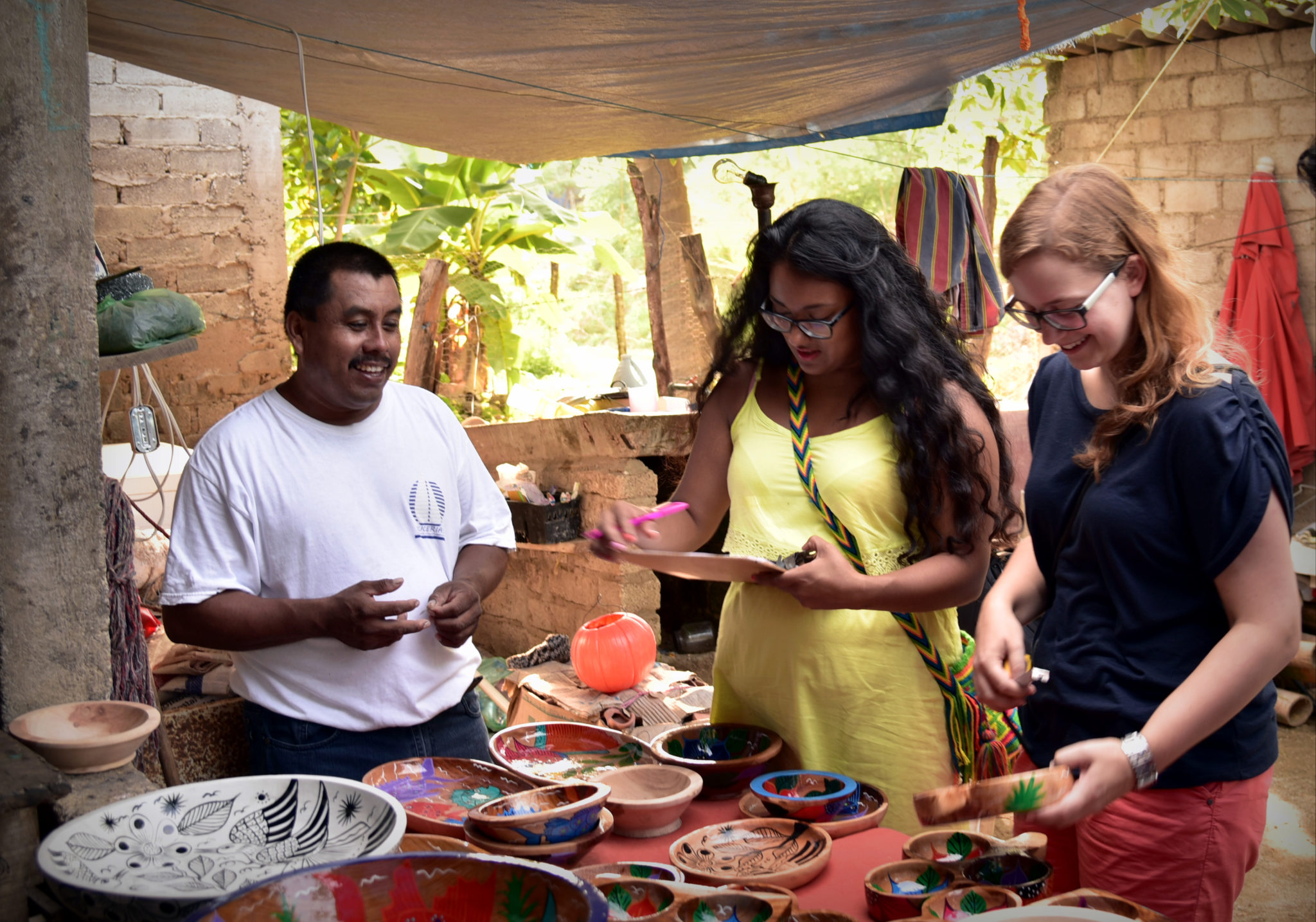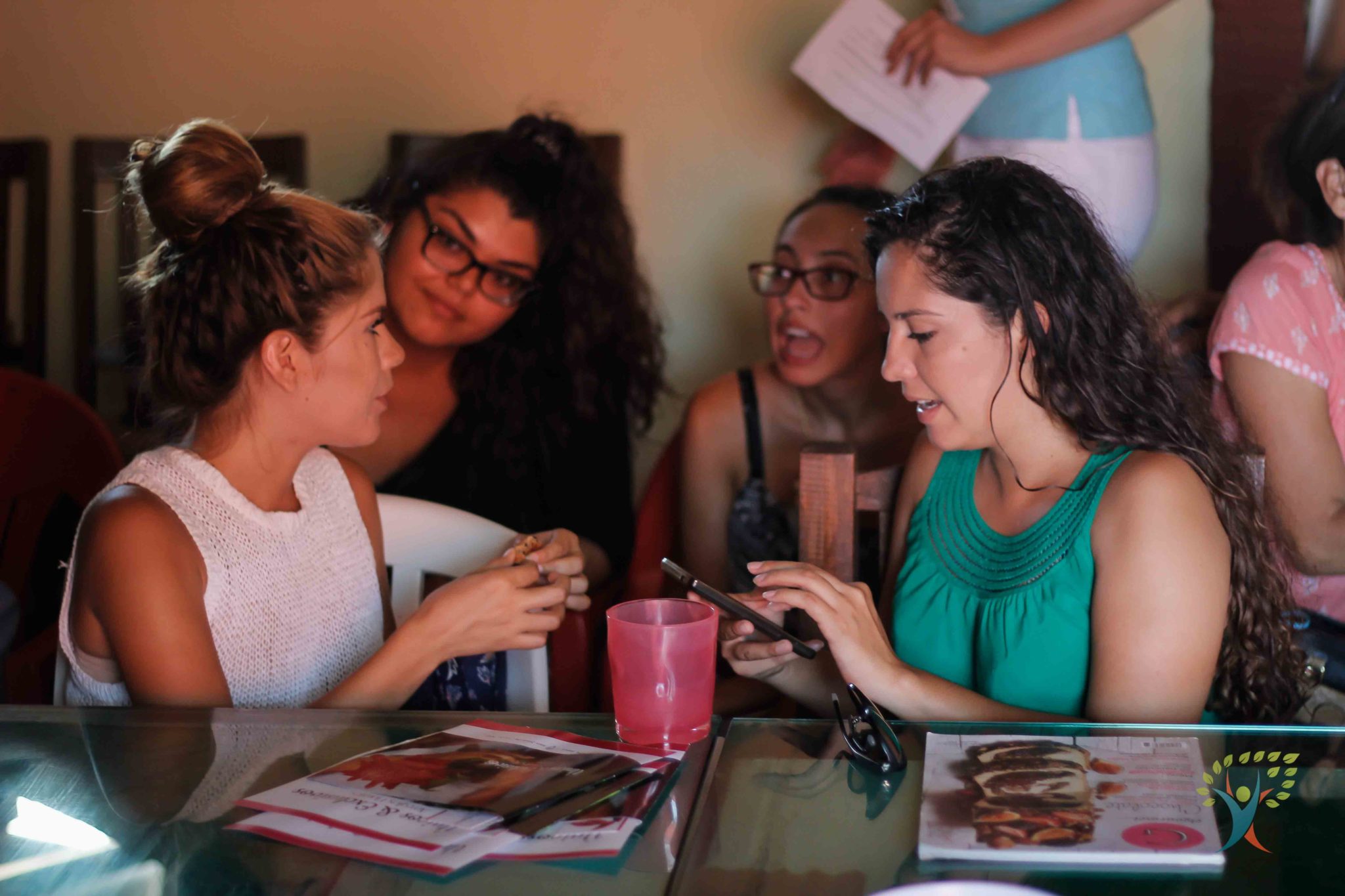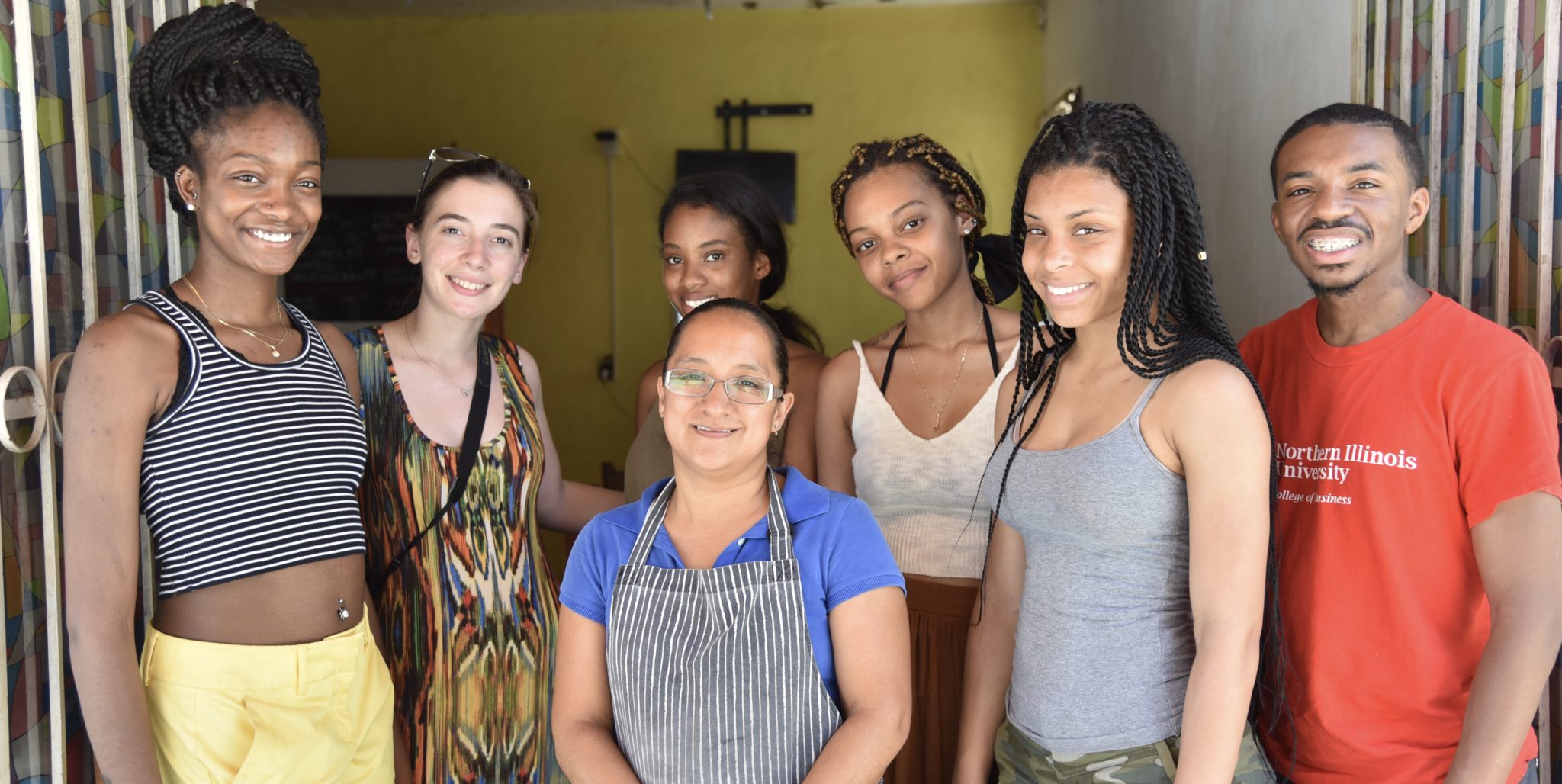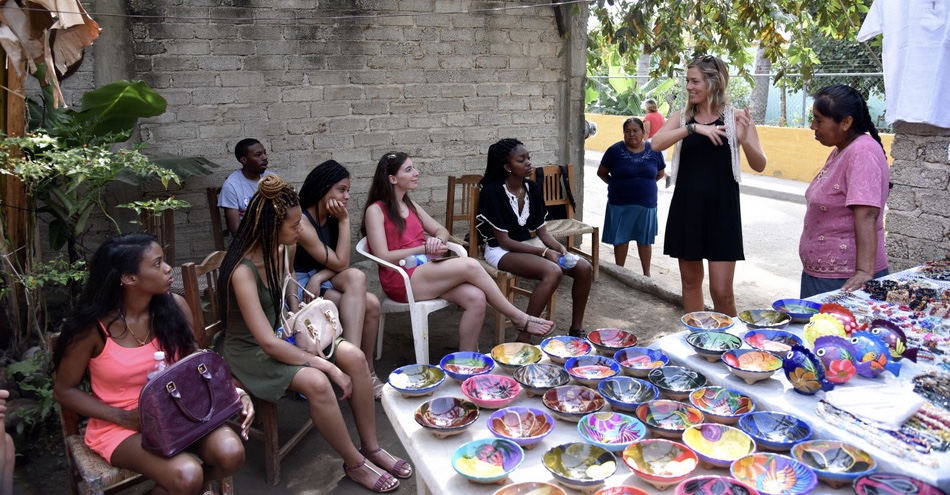What goes into Building a Partnership?
By Elly Rohrer, HC Executive Director
It has taken us years to learn the art of effective partnership-building with our community members. Now, we feel that this has been one of our greatest achievements as an organization. In the spirit of transparency and resource-sharing, we’d like to explain what our partnerships entail and how they benefit everyone involved. If this list seems long, it’s because we spend months in formalizing our partnerships, ensuring that the relationships built with local families are reciprocal, participatory, and based on mutual trust.
Here’s what the process looks like:
Listening
When adding new partners, we keep an ear to the ground for recommendations and invite our network to share the partnership opportunity. We look for families that have:
A culturally interesting product or service to share
A charismatic, welcoming demeanor
A financial incentive to participate in our tour experiences
A community-oriented mindset
If a family expresses interest, our staff visits them in their place of business several times to get to know them better.
TRAININGS
After becoming familiar with the potential partner, we run a few trial tours, first with staff, then with small groups of travelers. This “trial period” is an opportunity for our partners to test out the experience and for our staff to provide feedback.
If the partner decides to join our team, our Tour Director and Executive Director both discuss and review this agreement with them. We read each part aloud and talk through examples, incorporating their suggestions and ideas. After signing the agreement, we officially consider this new family to be our “artisan partner.”
Next, , we fill out an intake survey together so the new artisan partners determine and control what information about them we share publicly. We talk about why photos are important in our marketing materials, and what language we use to describe our partners and the tour experience.
If our new partner so wishes, we schedule a professional photo shoot with them. We use the new photos to develop tour materials (like the postcards travelers receive at the beginning of our tours) and a digital platform for our new partner.
During this on-boarding process and in the first year of our collaboration, Human Connections invests an average of $2,500 USD in staff time, trainings, and promotional materials for each new partner.
Connections
We begin visiting our partners on our Cultural Day Tours approximately once a week during the high season, which runs from November to April. This means that our partners will welcome 20-50 travelers a month into their place of business, which is oftentimes their home.
We also visit them, though less regularly, during the off-season, and with student groups during our Global Engagement Trips.
During each visit, we pay each partner MX$300-$500 for an hour of their time (minimum wage in Mexico is MX$80 for a full day of work), depending on our program. Our partners also have the opportunity to sell their products to our visitors, who oftentimes value the products more after seeing the time and artistry they require.
These visits are emotionally powerful not only for the tour participants but also for our artisan partners. Our partners consistently express excitement to share their story to a respectful, interested, and applauding audience. For children and spouses to bear witness to this storytelling and salesmanship is typically empowering as well.
More Listening, Trainings, and Connections
Human Connections runs monthly “Partners Meetings” with all of our partners. This is an opportunity for our partners to network with each other, for us to gain honest feedback about their experiences, and for continued capacity building.
Twice a year, we host consulting programs during which our interns work one-on-one with our partner artisans (and other community members) to help them develop new prototypes, create a marketing strategy, or generally strengthen their businesses. It’s an incredible learning experience for both our interns and partners.
We also connect our partners to online platforms through which they can sell their products.
Our intention is never to become our partners’ only point of sale or to create dependency On the contrary, we work closely with our partners throughout our relationship (which never has an end date), ensuring they gain the confidence and tools needed to meet their own sustainable business goals.
We invite our partners to consider us part of their support system. In emergencies or otherwise, our office is a place partners come to be heard, for advice, for support, or for connections to specialized professional services.
It should also be mentioned that we – the HC staff – consider our partners to be part of our of our support system, too. Whether that means having somewhere to eat on Christmas or being able to turn to someone we trust for a local recommendation, we count ourselves lucky to have true, long-lasting relationships with our artisan partners.
It’s time-intensive, it’s expensive, but it’s worth it. Our reciprocal relationships are at the crux of our responsible tourism model, and make genuine “human connections” possible.
Measuring Impact
As we hope is evident, the outcomes of our partnership model are multifaceted, personal, and often intangible. Therefore, the impact that our programs have on our artisan partners cannot fully be measured. Below is a snapshot of the kind of data we do track and evaluate.






